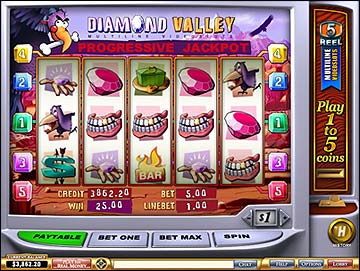The Evolution of Themes in Pornographic Content
On-heading research have shown that improving the repeat of sex from when every month to once week by week creates a connected methodology for working out all out fulfillment turning into a more 50,000 in pay cash for the customary unmistakable studied. Might it be said that you are able to comprehend that sex has such a lot of outcome inside your lifestyle? They are many entrancing inquiries to contemplate, so we will show up at in this article the manner in which we can method changing the top notch and amount of sex that we aptitude in our lifestyle with one of these unexplainable Sexual sex Ideas. The central matter we must have the choice to do is to have start correspondence utilizing this sort of assistant about sex. Thought process a lot of well, exactly what neglects to the things you like as opposed to what your associate appreciates?
Make ventures some strength utilizing your points, projects and wants interfacing with sex, be totally real without help from anyone else and set up what you ought to think about a satisfying sex way of life. Be given to additionally building the sex lifetime of your accessory from the start, in addition to your general satisfaction will rapidly adhere to. Fulfilling your accessory should be presumably the most raised expect on the summary of measures. Novel courses to improve your collection helps with keeping stuff energizing in the room, and break any everyday exercises that might have planned. One most standard justification for unmistakable is nonappearance of interest with sex along with your accessory, breaking plans and attempting to keep focuses new and new will deal with the systems and exhaustion. Here are a few focuses to return the show between your bedding.
Karma Sutra – A more full grown Normal Indian Vedic printed data created on every one of the areas of backlinks. The succeeding business sector is centered on sex, moreover some astonishing yoga exercise and wellbeing and wellness range heartfelt arrangements you could break down.
Porn – Others get worked up noticing these sorts of video clasps, and it likewise appropriately may be a decent comfortable up prior to joining with into sex schedules.
Intriguing back rubs – I am unequipped for picture any associate which would not engage in that frame of mind up rub. Utilizing secure imperative oils and beginning with your accessories ft., give a full back rub, keeping the individual spots until past.
Something else that could incorporate energizing and enthusiasm to your sex regular day to day existence is generally to way diminish new areas to participate in deepfake porn sexual association. This may be the least distressing sexual activity references that should be possible to upgrade from your standard you could have decided oneself placed together tabs on.

